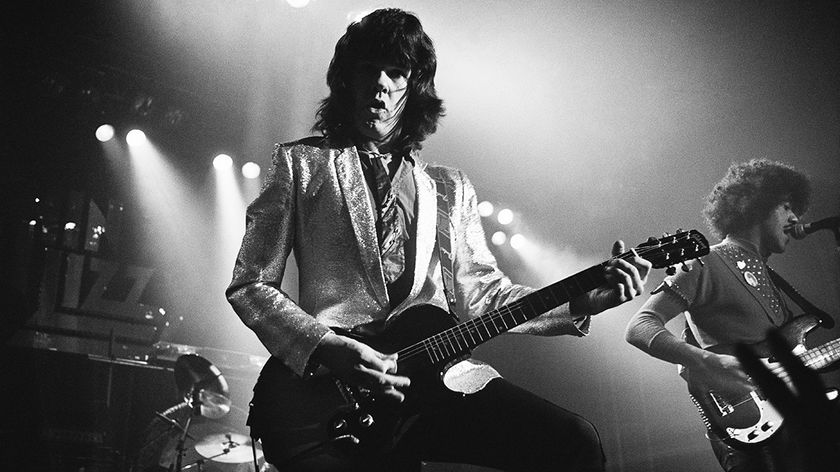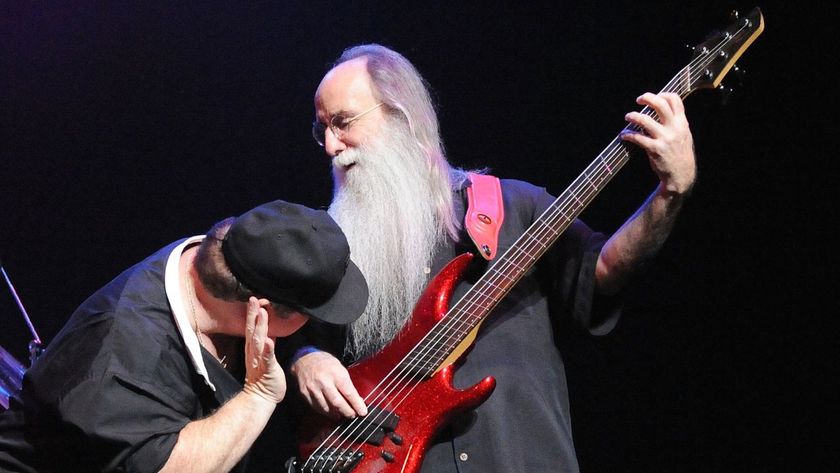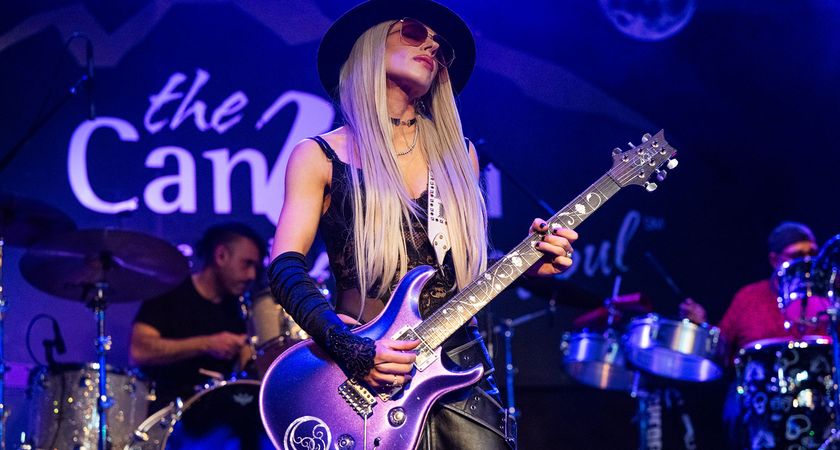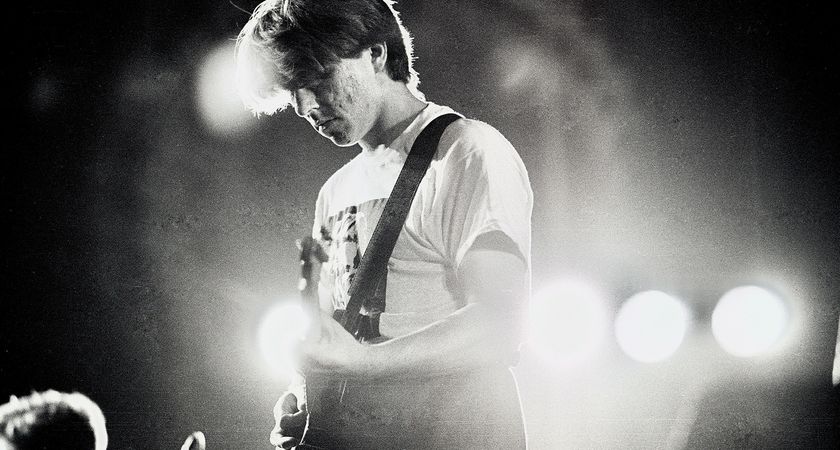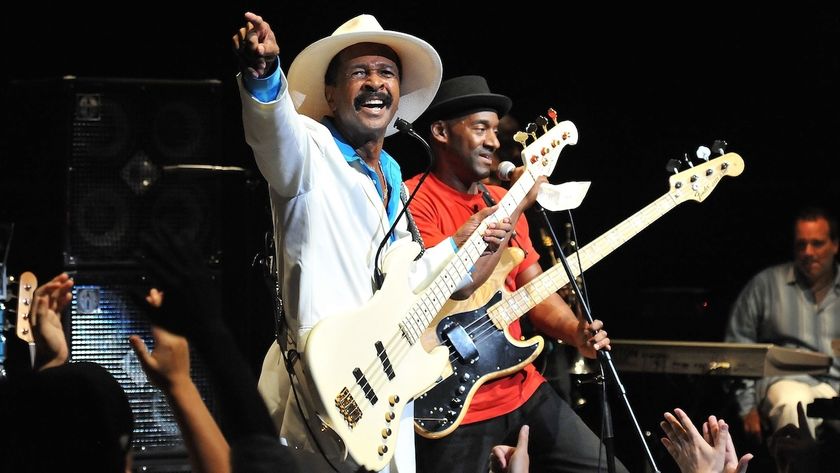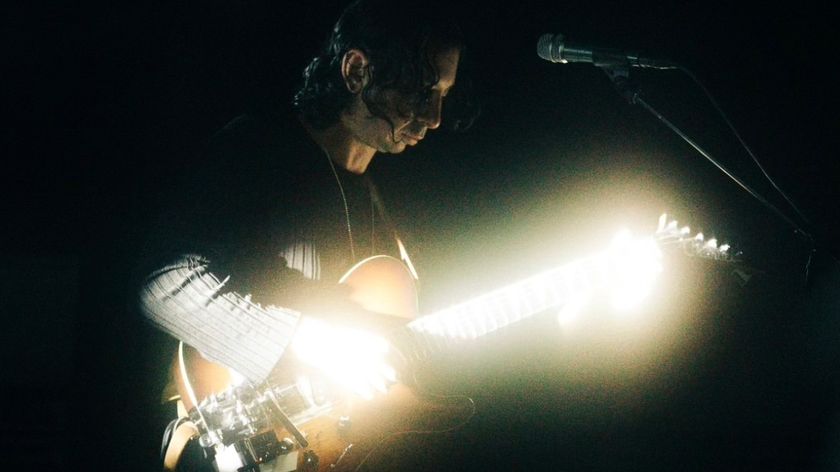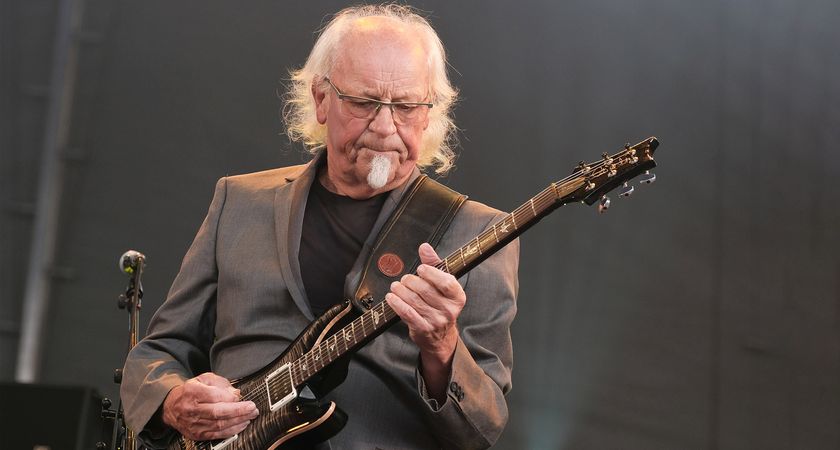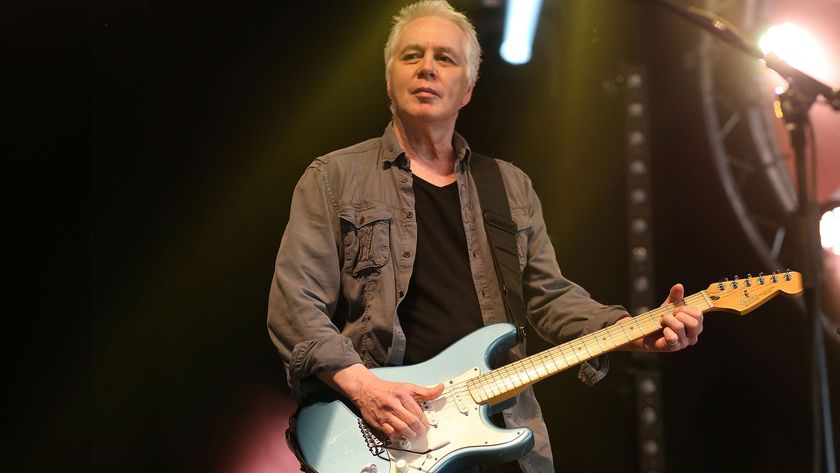John Petrucci: Five Things We Learned from His Ernie Ball 'String Theory’ Episode
Today, GuitarWorld.com presents the exclusive premiere of the latest episode of String Theory, starring John Petrucci. Watch it above!
A web series created by Ernie Ball, String Theory explores the sonic origins of influential and innovative musicians. In the episode, Petrucci discusses his beginnings with music and guitar, his love of playing, and his relationship with Ernie Ball.
Below, you can find five facts revealed in the episode.
1. Petrucci grew up with tons of music being played in his neighborhood (0:25): “In the neighborhood that I grew up in—in New York on Long Island—there were a lot of musicians. For some reason, that time in history in our town in New York, everybody played. So it was all around me.”
2. He used to have reoccurring dreams about playing guitar—even before he picked one up (0:43): “I used to have these reoccurring dreams that I played guitar, which I thought was so bizarre. It all sort of fit together at some point, and I said ‘I want to play guitar.’”
3. Petrucci describes his passion for guitar at a young age as having “tunnel vision” (1:20): “Growing up as a kid on Long Island, at some point early on when I started to play guitar and really put in the hours and get really into it, I kind of had tunnel vision. I knew this is what I wanted to do. I didn’t want to do anything else, I wasn’t interested in anything else. I wanted to go to Berklee College of Music because that’s where Steve Vai went—I was total tunnel vision.”
4. His relationship with Ernie Ball began with volume pedals (2:21): “Early on in my career, I was really into the volume pedal techniques that somebody like Steve Howe or Alex Lifeson would use…right away I used an Ernie Ball pedal. It started with the pedals, then moved on to the strings, and, of course, the guitars.”
Get The Pick Newsletter
All the latest guitar news, interviews, lessons, reviews, deals and more, direct to your inbox!
5. Ultimately, for Petrucci, music is what drives him (4:19): “[While] playing, I’m looking out into the audience, and when you see people grooving along to the song, smiling, clapping, singing along, whatever—they don’t care about the scale you just played. Maybe some guitar players do, but the bigger picture is that everyone is getting into the music—how the music is reaching them, what it means to them, and the memories it created in their lives. Being able to share that with people you don’t even know, but you’re having this interaction—that’s amazing. That’s what it’s all about.”
Of course, these are just five facts pulled from the clip. Be sure to watch the entire episode above.
For the latest on Ernie Ball, visit ernieball.com.
Since 1980, Guitar World has been the ultimate resource for guitarists. Whether you want to learn the techniques employed by your guitar heroes, read about their latest projects or simply need to know which guitar is the right one to buy, Guitar World is the place to look.
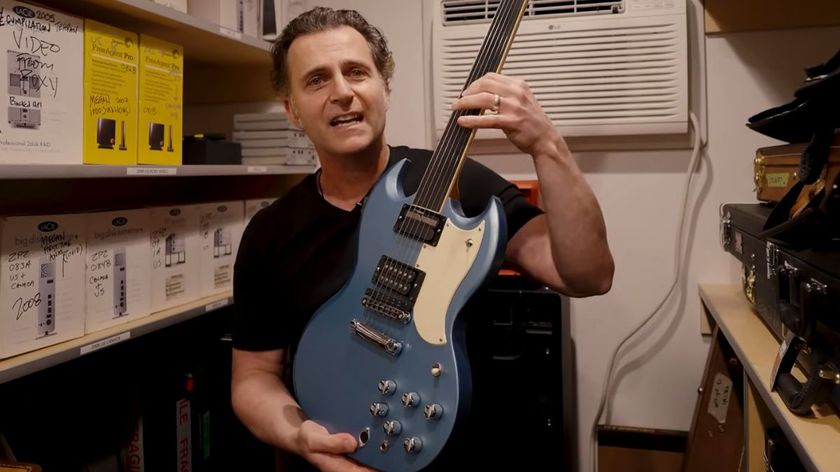
“One of the coolest guitars I own”: Dweezil Zappa has some absolutely wild guitars in his vault – but his insane one-of-one fretless Gibson SG is one of his favorites
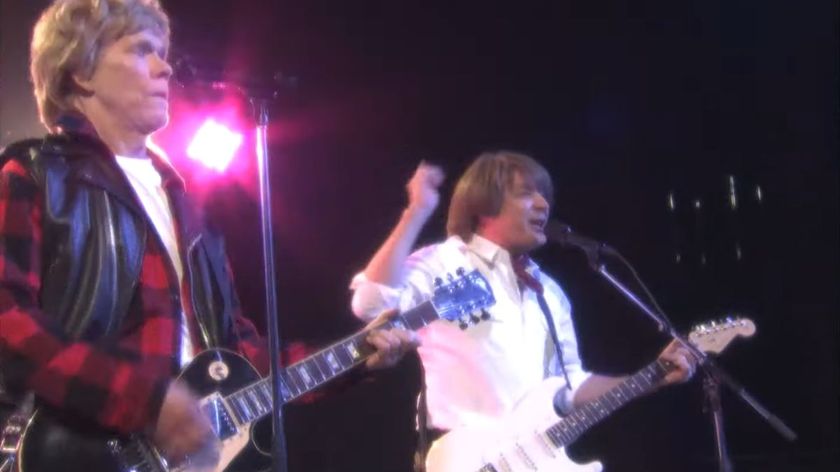
“Maybe we could buy a 12-string and have it sawed in two”: Kevin Bacon and Jimmy Fallon rewrite Bryan Adams’ Summer of ’69 – and make it all about six-strings

